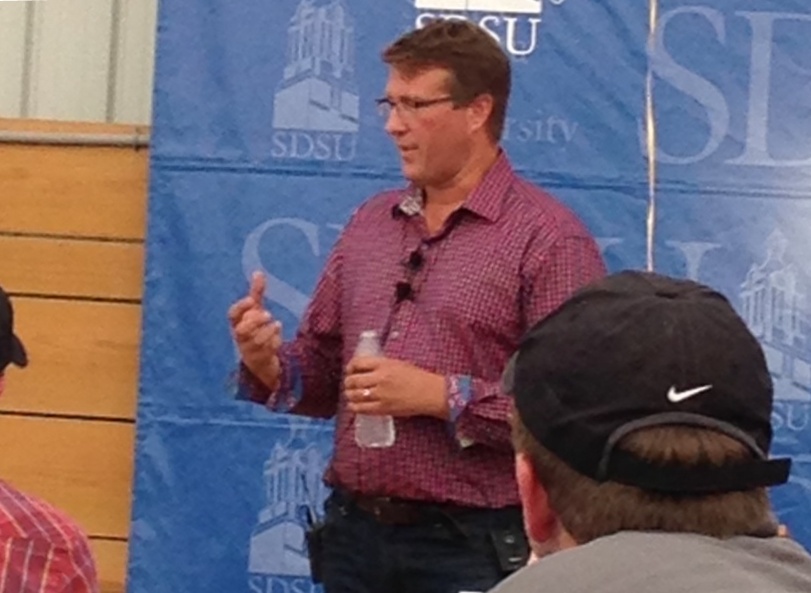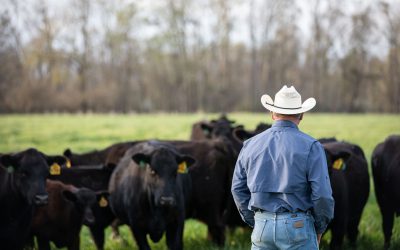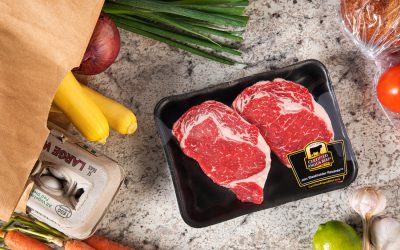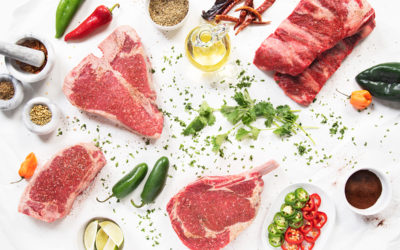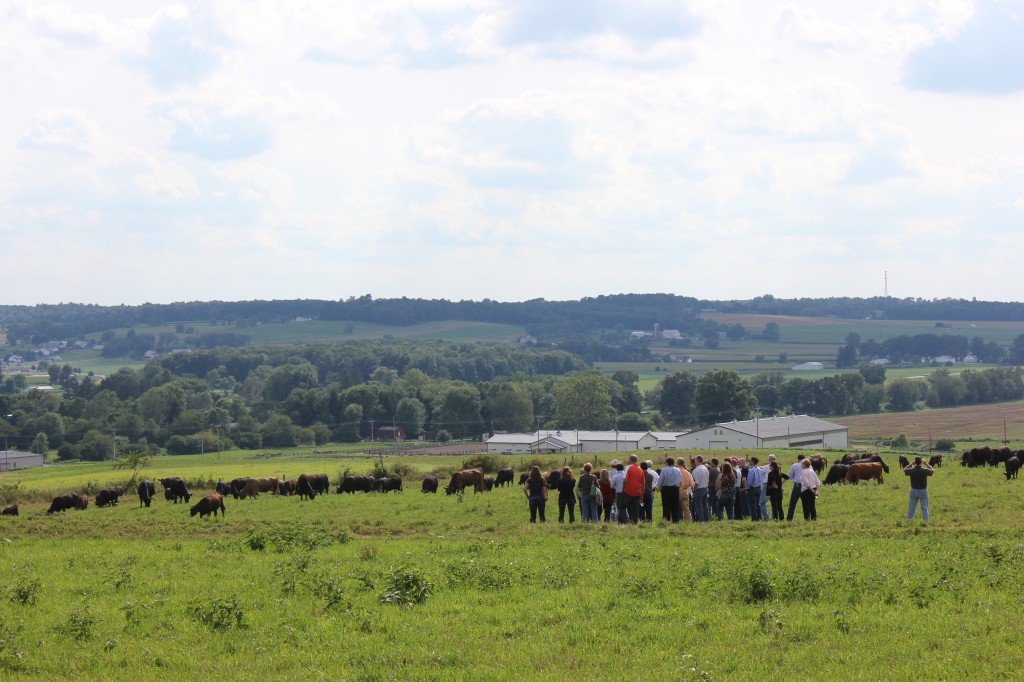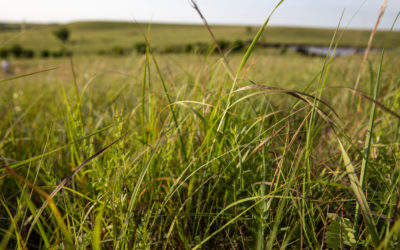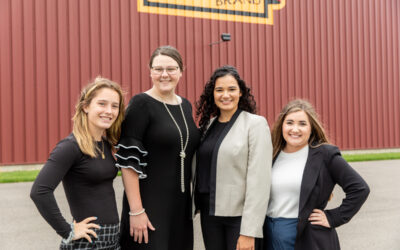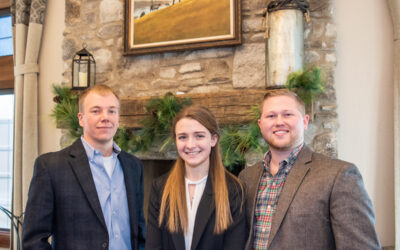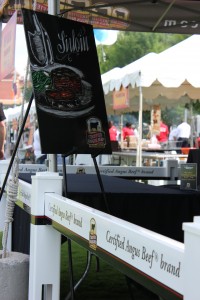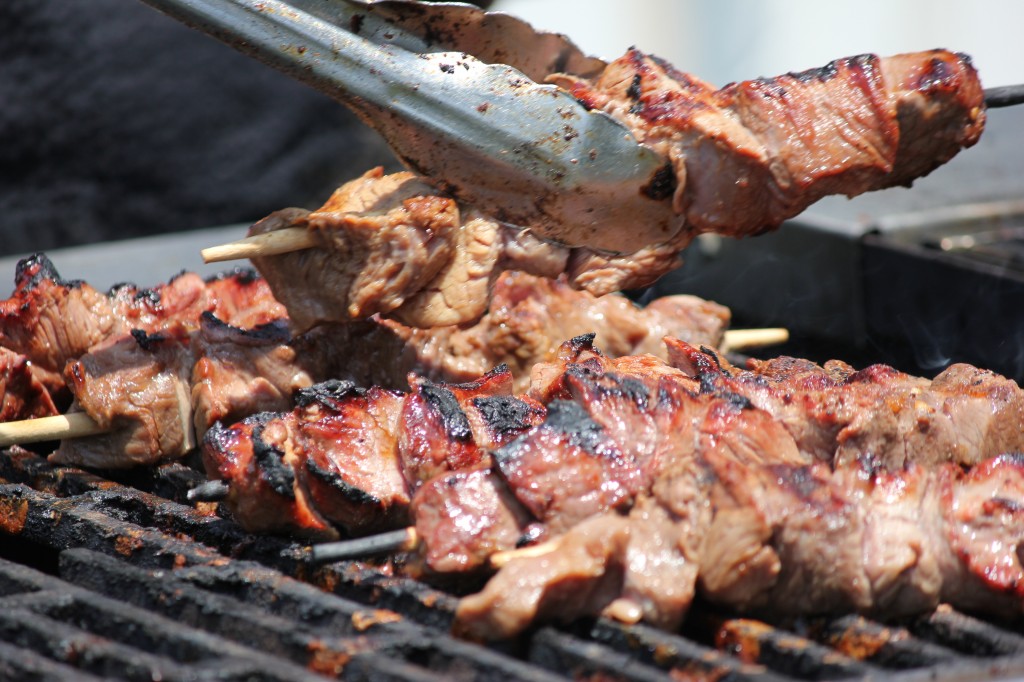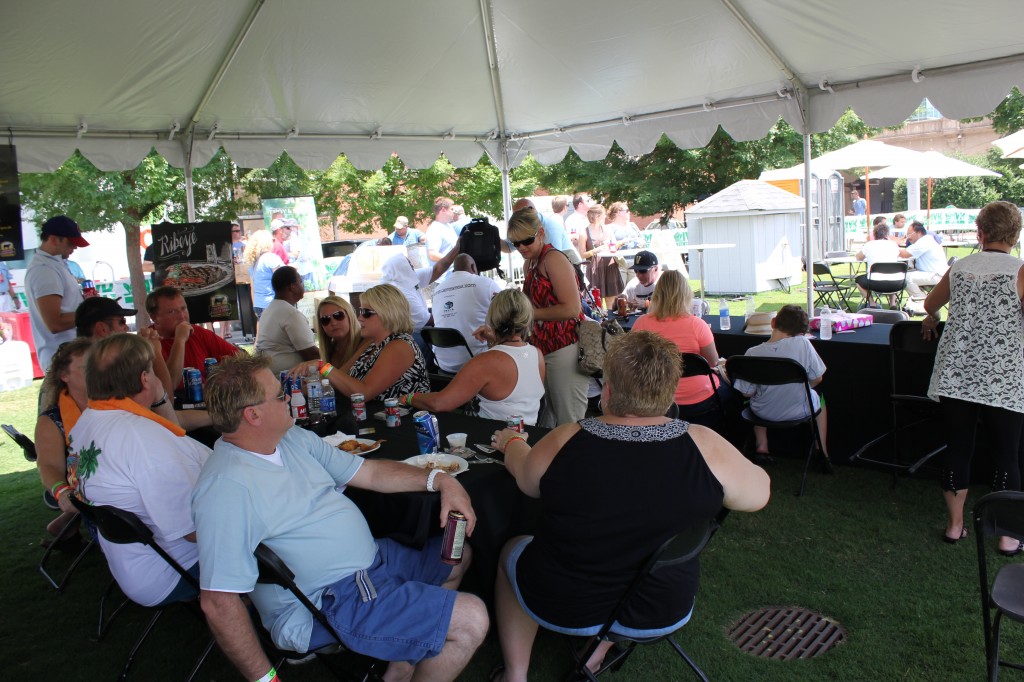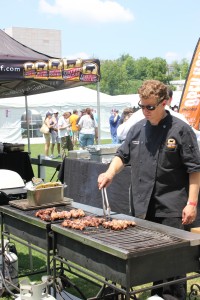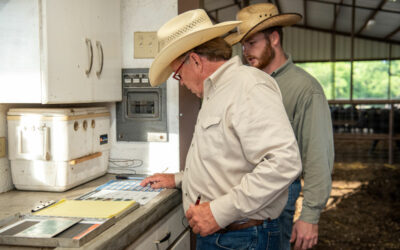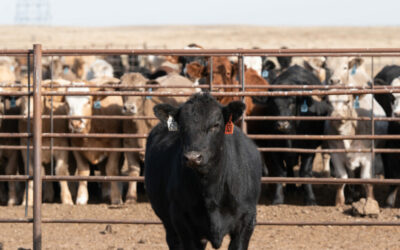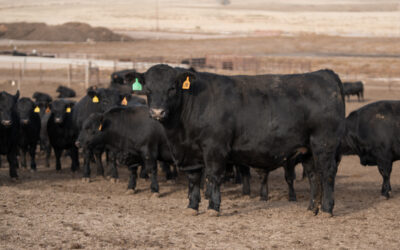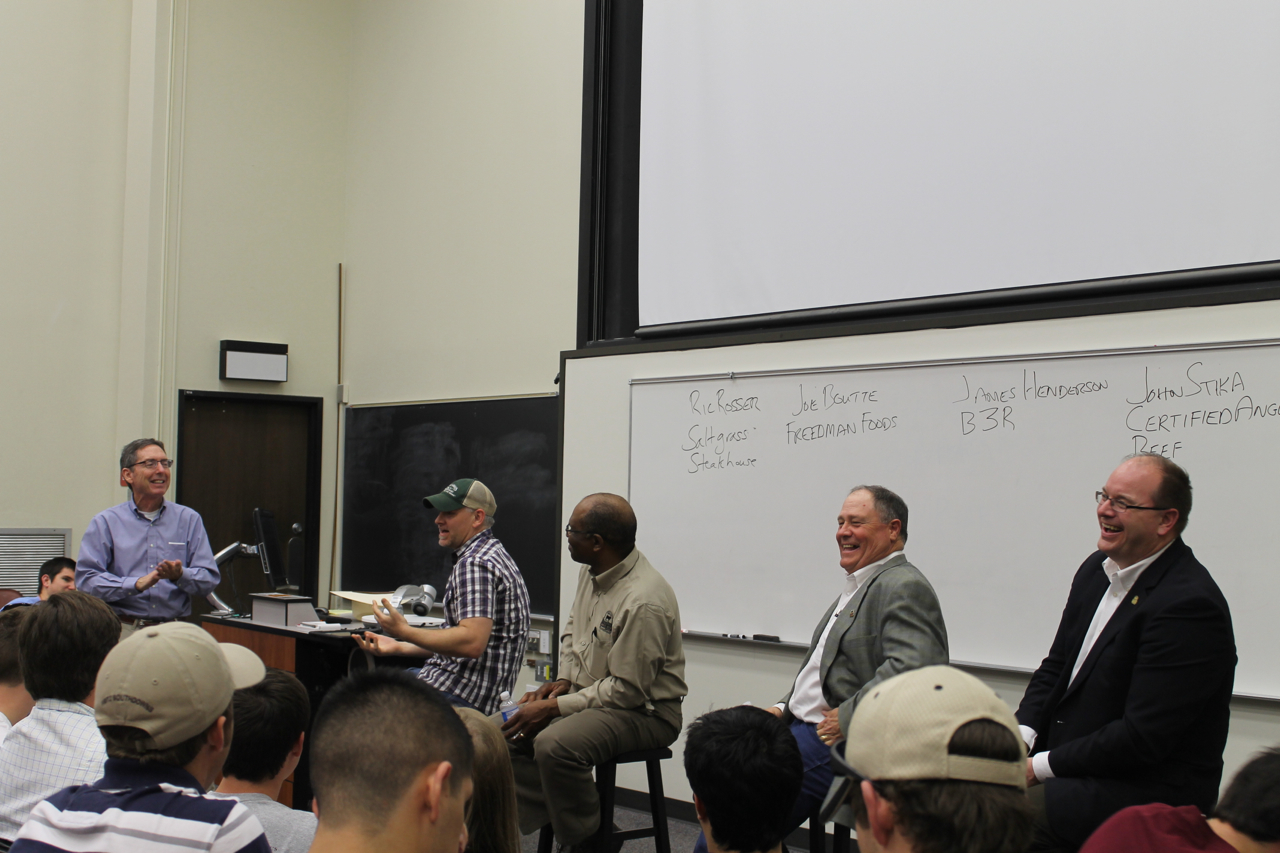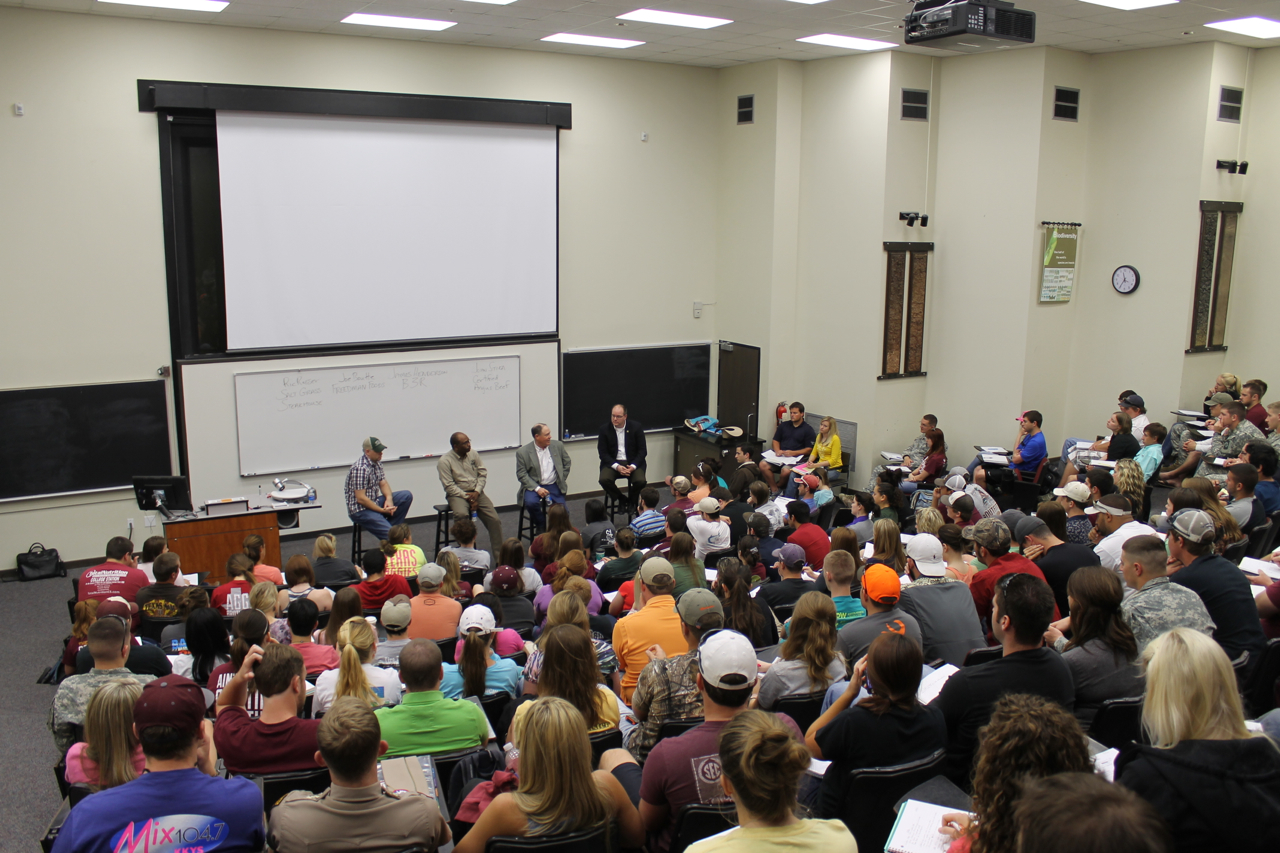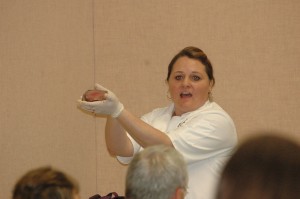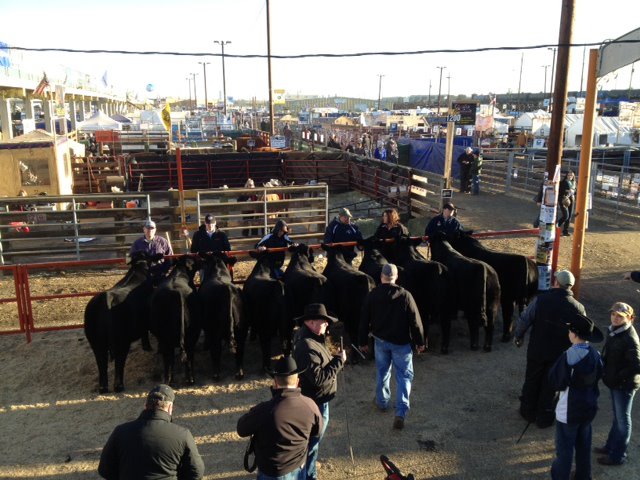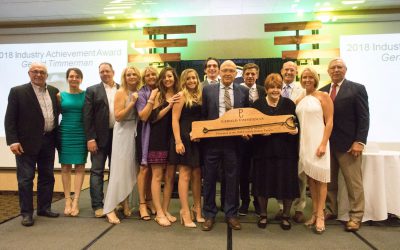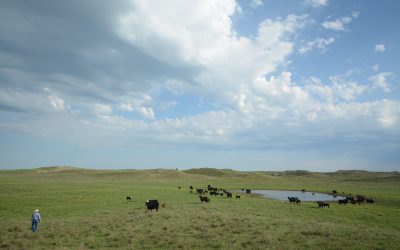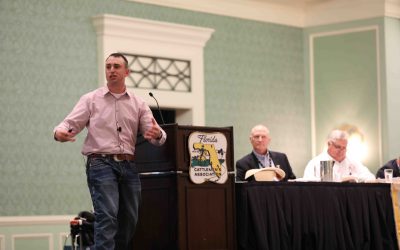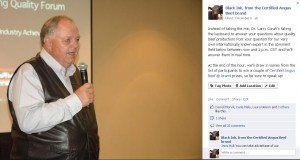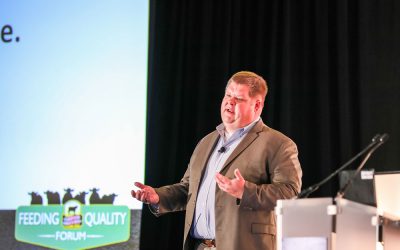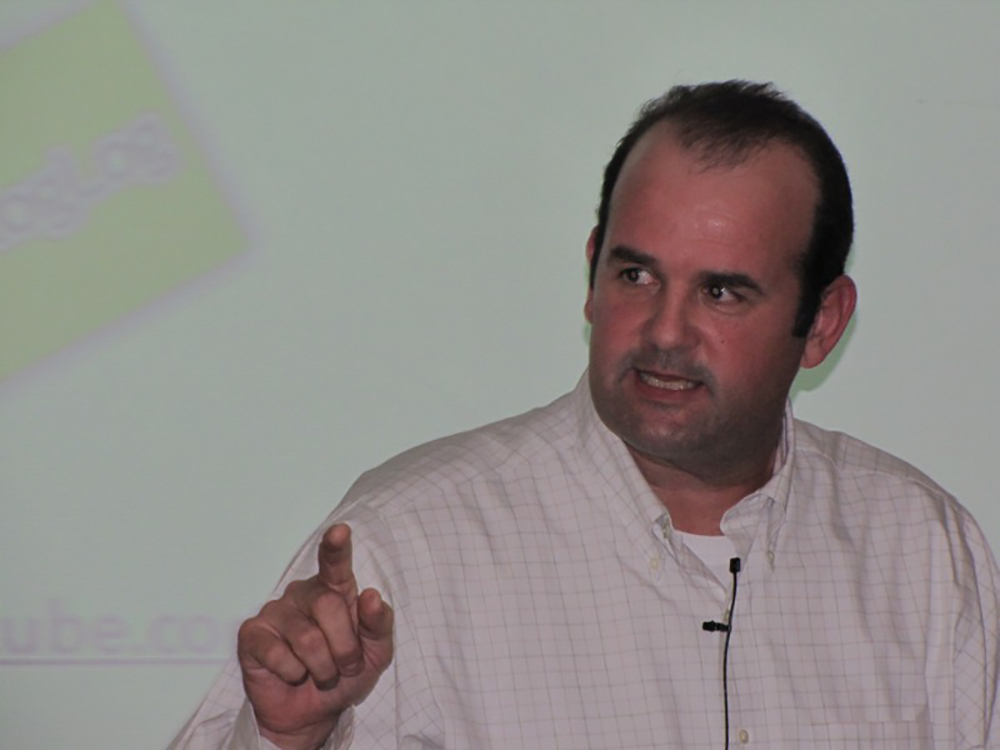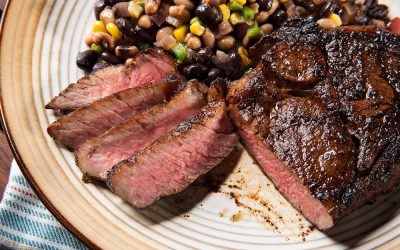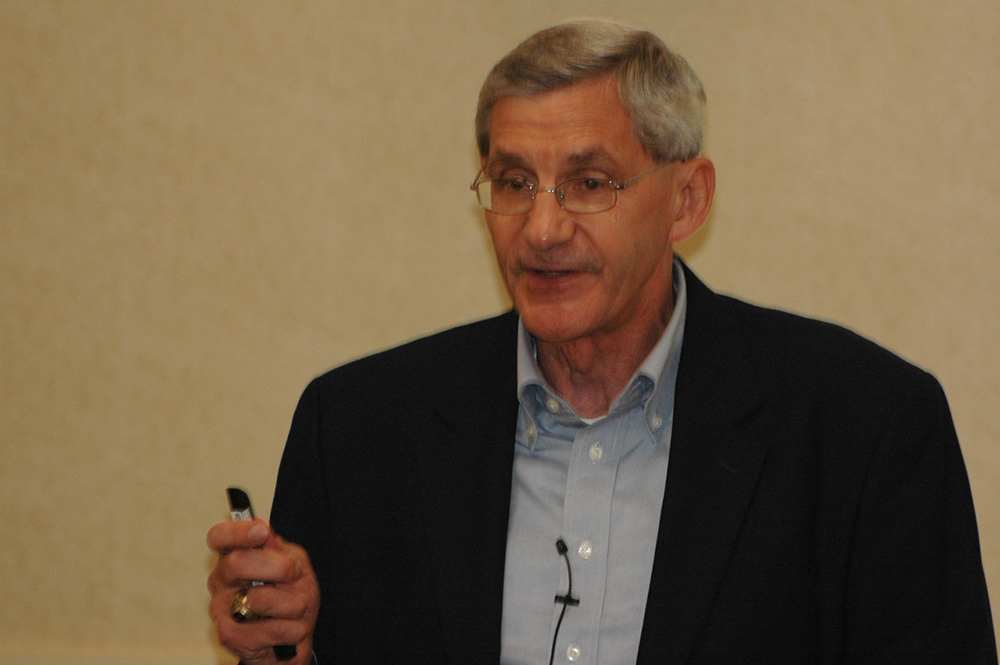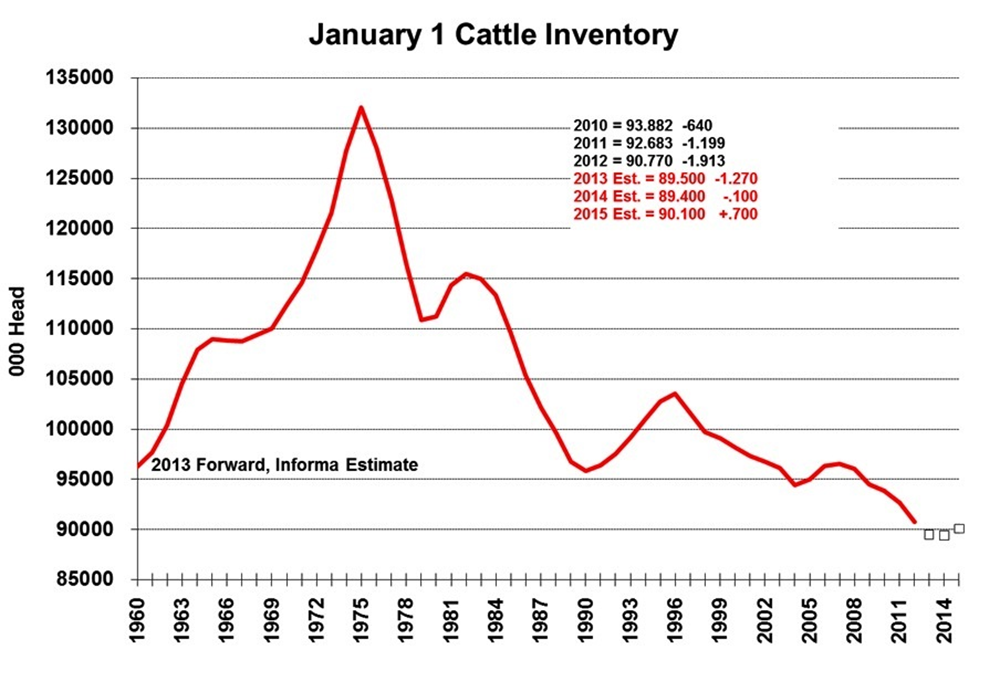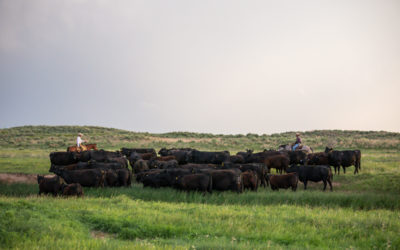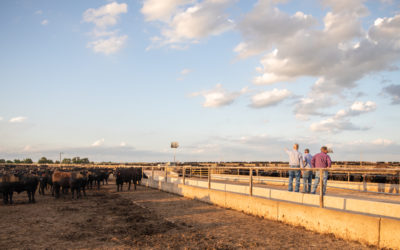
Where surf and turf meet
Chad came from his Seattle, Wash., base in the Pacific Northwest to share insights with ranchers about the high-end foodservice trade in both the Seattle and the Portland, Ore., markets where his family’s restaurant group operates. Selling CAB (Prime, Natural—exactly, right? Nothing better), he says people choose a great steak as the meal to “celebrate life.”
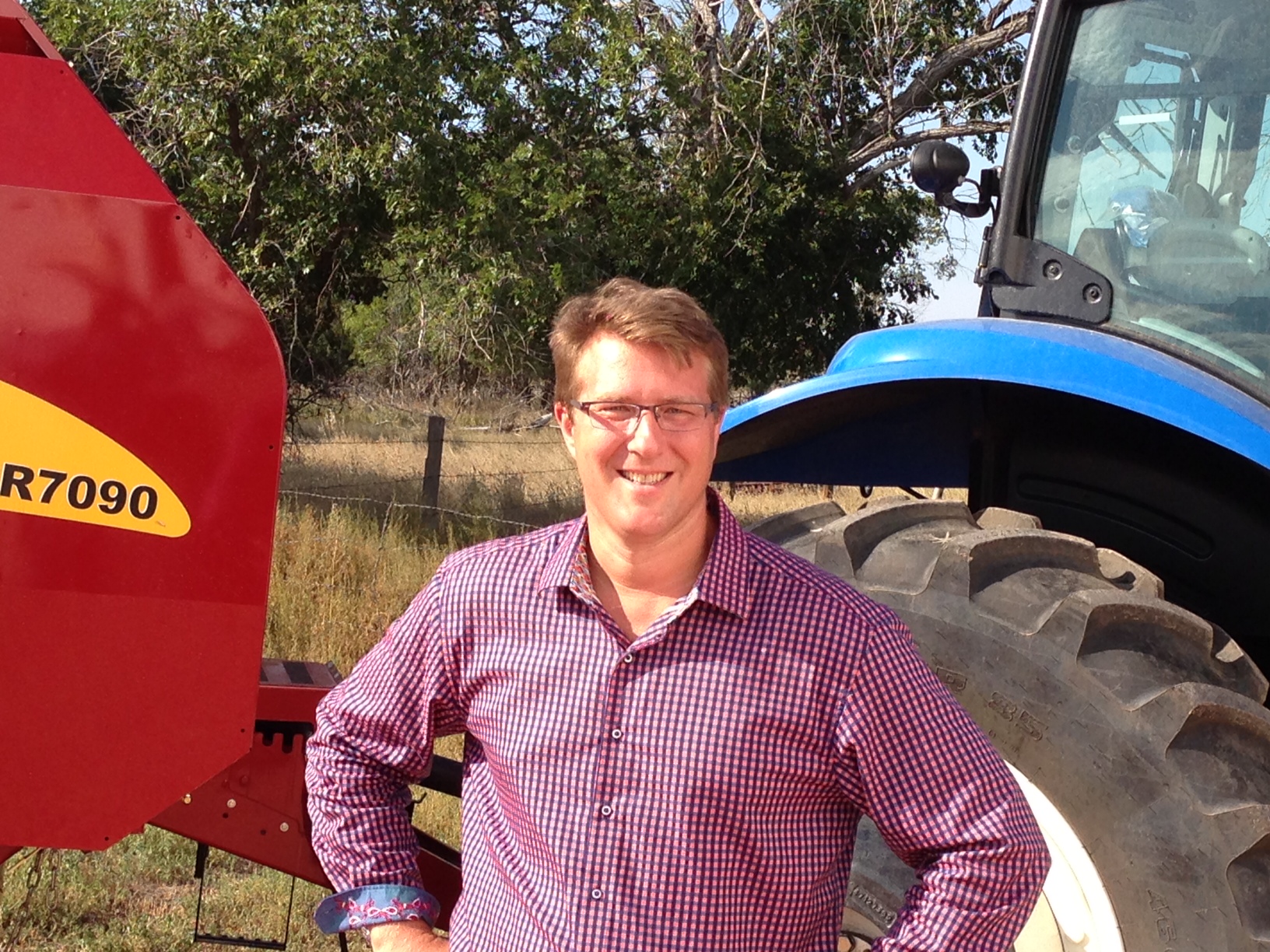
For their part, the cattlemen appreciated Chad’s insight, spending 25 minutes or more in a Q&A session that covered everything from hospitality strategies to how the best beef competes with seafood alternatives. We enjoy a little surf and turf sometimes, but our focus will remain on the beef side!
You may also like
Progress from small steps
Every day is a chance to learn and get better. Thousands of others like my new friends in Alabama are taking steps to meet the shifts in consumer demand, and to know more. Small steps in the right direction can start now. Even if it’s just recording a snapshot of where you are today, a benchmark for tomorrow.
Pandemic underscores beef demand trends
Retail beef sales during the pandemic displaced much of the trade usually enjoyed by foodservice. Grocery stores and restaurants around the world had their business plans radically changed in just a few days, but the demand for beef remained.
Driving Demand: International
Selling U.S. beef to buyers in other countries means carefully maintained contacts and planning to avoid sea squalls. Adding COVID to that scene creates a perfect storm that can wreck the best plans. For those skilled in navigating the waters, however, it’s just another day on the boat.

